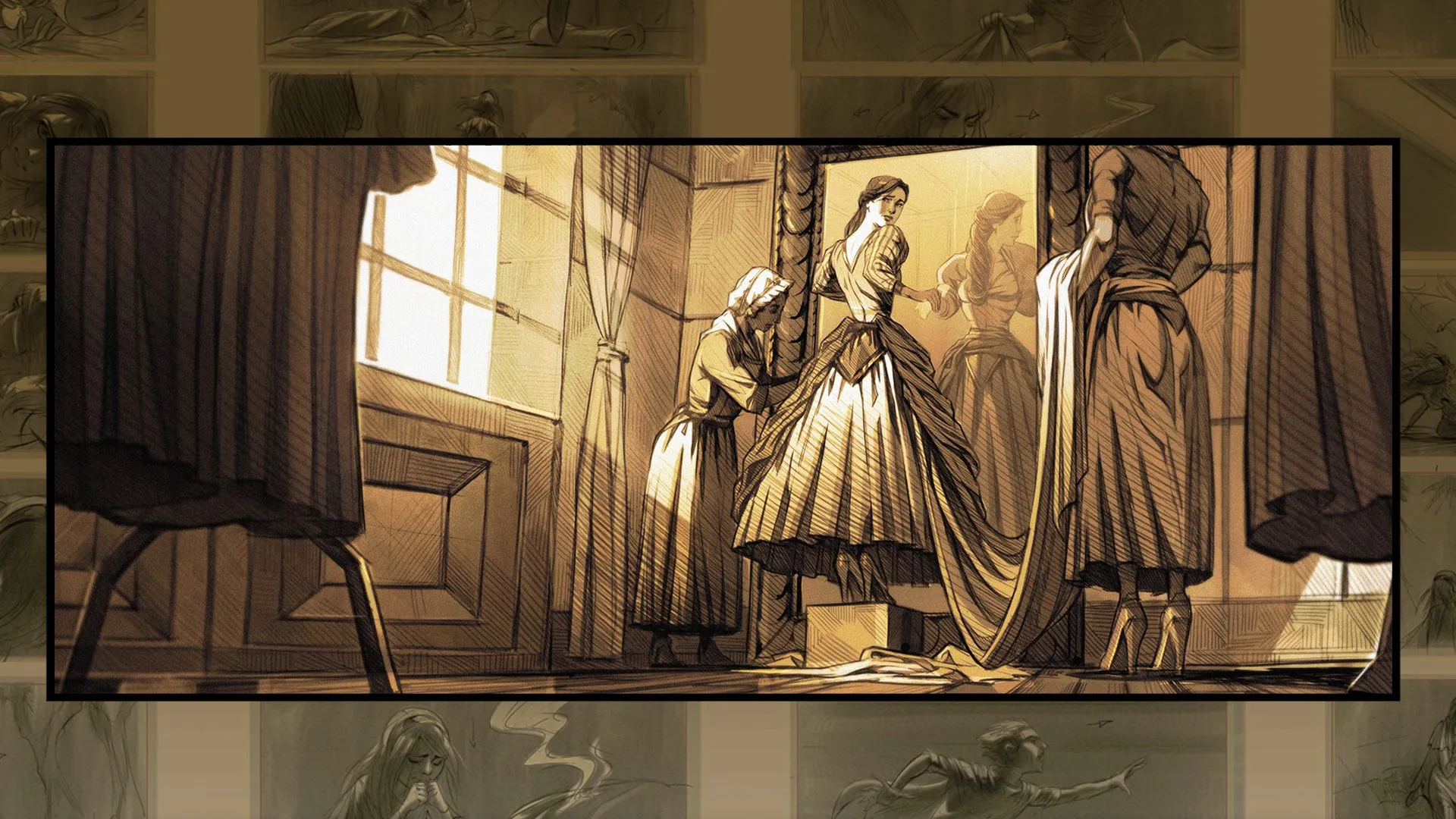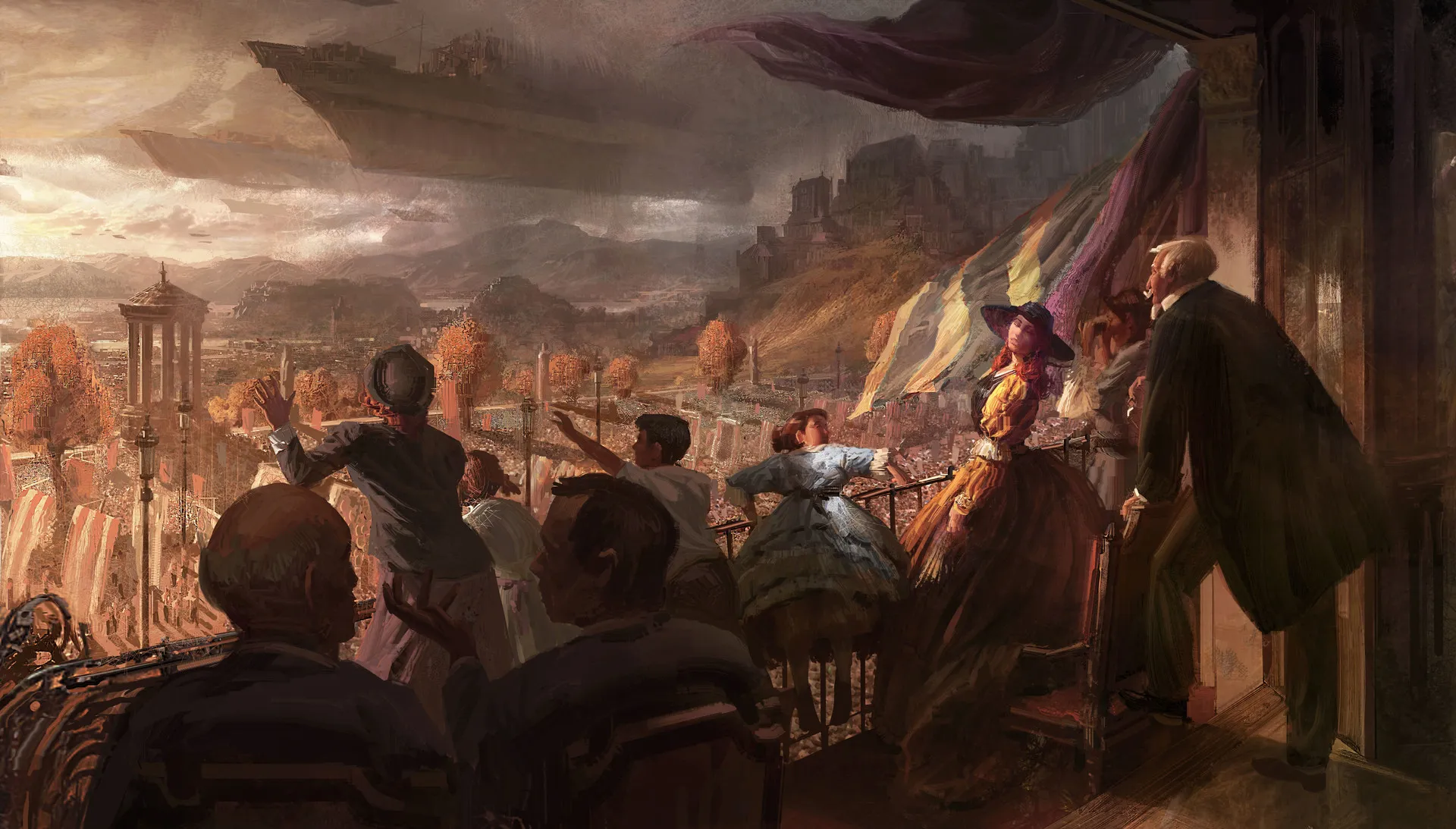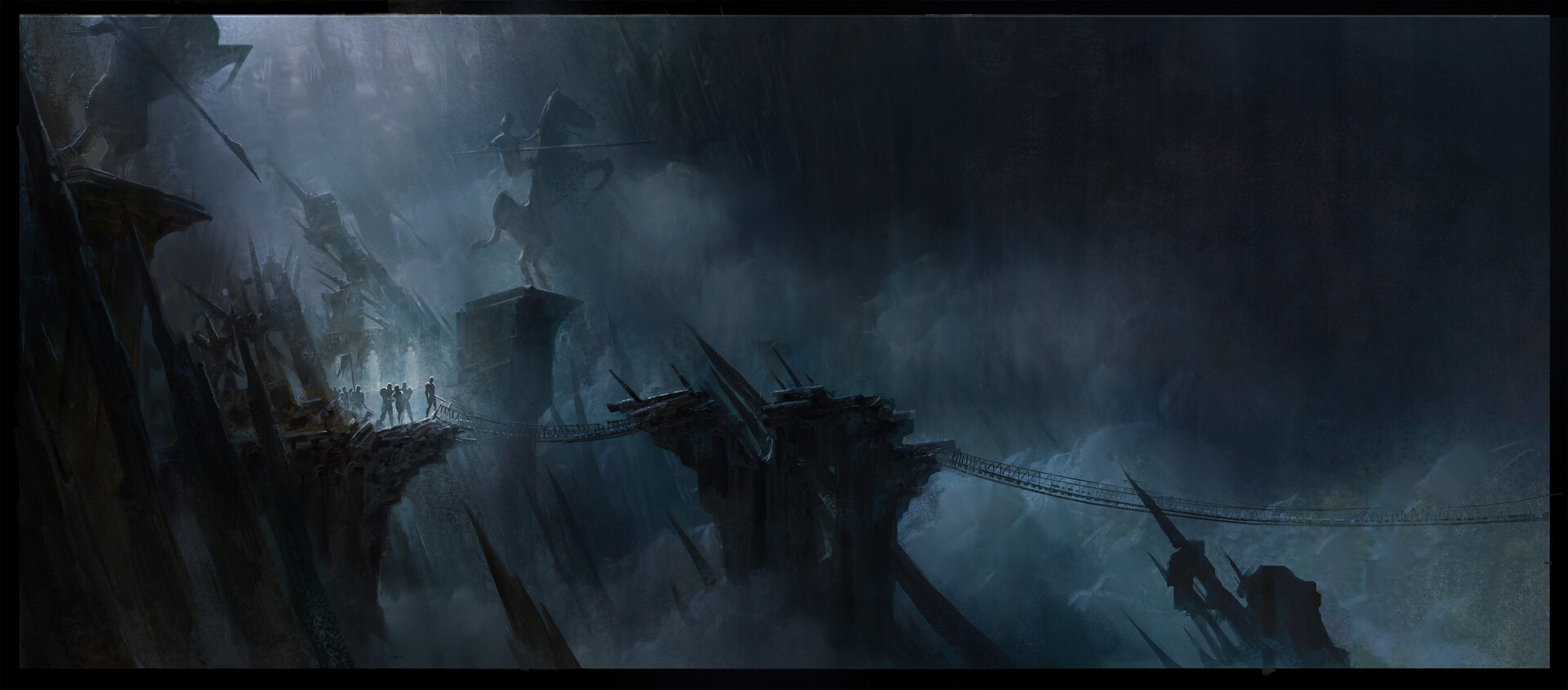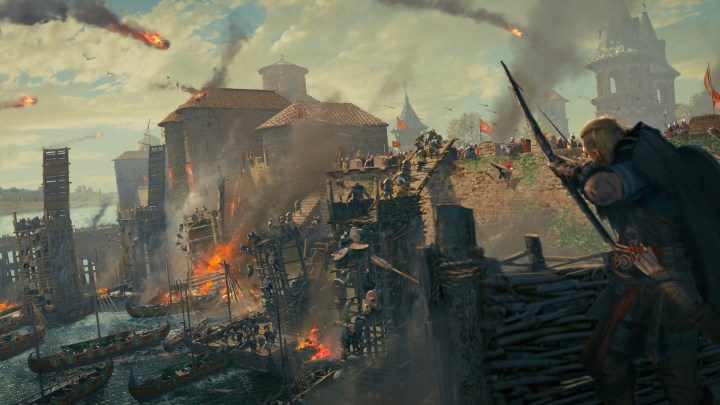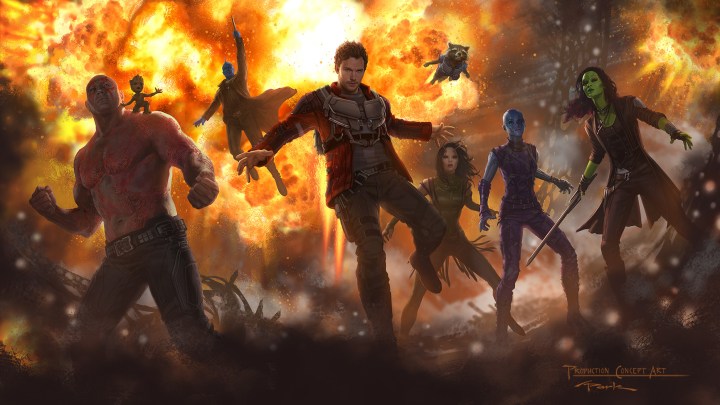Storyboarding with Rembert Montald
Storyboarding: Introduction to the Method
In this ArtStation Learning course, Rembert Montald unveils the process of creating storyboard art and keyframes for Film or Game Cinematics. In this first part of a three-part series, he covers how to learn from the masters without copying, some basics of human anatomy, and talks about conveying energy through the actions of characters.
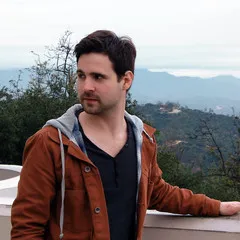 Rembert Montald believes the best way to tell a story is to show it. He pursued an education in animation and art in Brussels, Belgium and later at Gobelins in Paris. After working on a variety of things, including storyboards for animated movies and even theme-parks, he decided Belgium was a little too small for him. Since then, he’s lived and worked all over the globe, including Croatïa, Germany, Portugal, and the U.S.A. For the last three years, he’s been working at Riot Games as a concept and storyboard artist.
Rembert Montald believes the best way to tell a story is to show it. He pursued an education in animation and art in Brussels, Belgium and later at Gobelins in Paris. After working on a variety of things, including storyboards for animated movies and even theme-parks, he decided Belgium was a little too small for him. Since then, he’s lived and worked all over the globe, including Croatïa, Germany, Portugal, and the U.S.A. For the last three years, he’s been working at Riot Games as a concept and storyboard artist.
In this interview, Rembert shares more about his Storyboarding course and more.
I think this is a great opportunity for artists to share maybe some less touched upon material with the general public. Normally people are more into the flashy fast tutorials. But remember, it’s in the more slow and paced ones there is a lot more to learn! Be patient and disciplined.
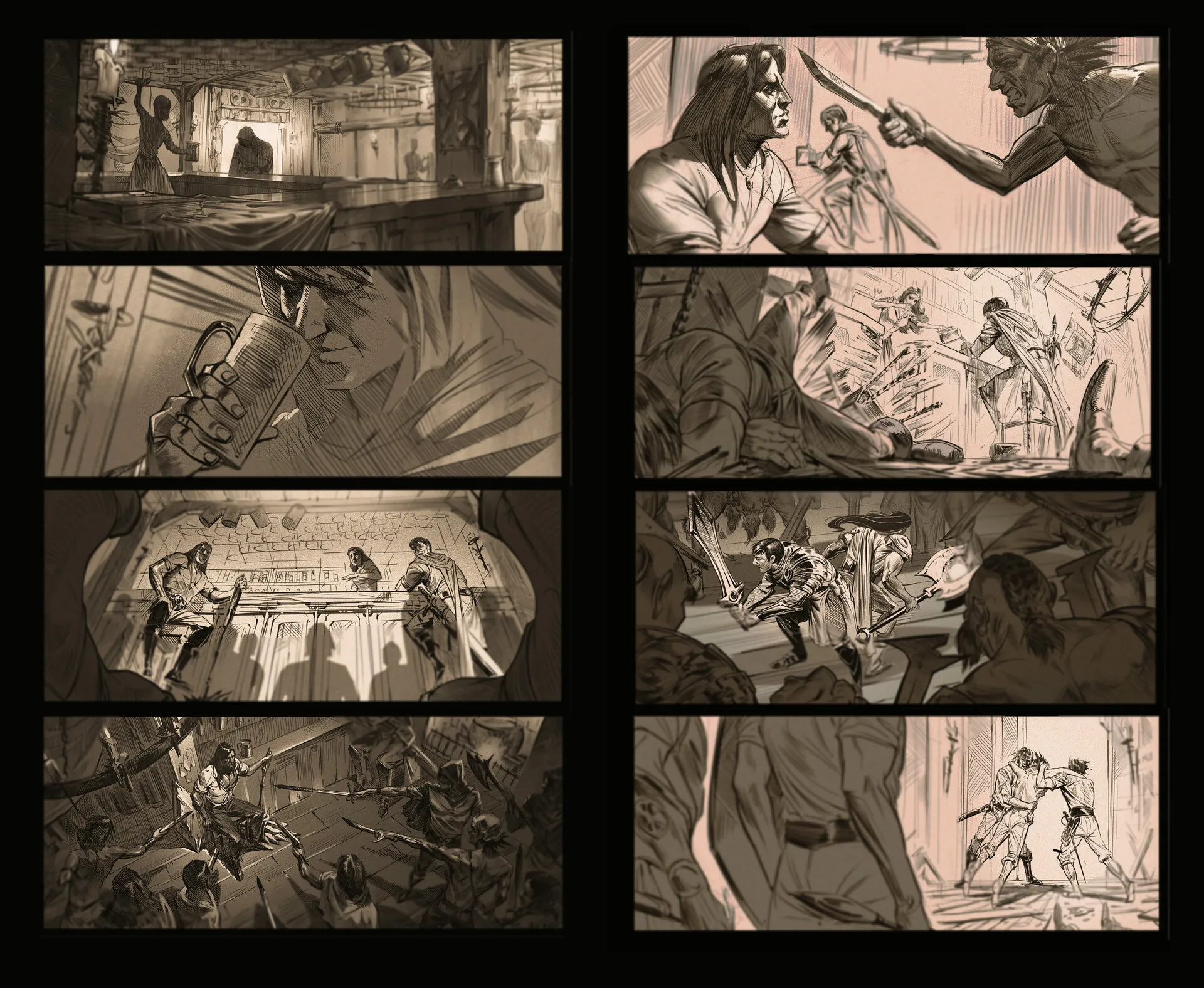 Most memorable learning experience:
Most memorable learning experience:
There a lot of them, but one piece of advice stuck with me over the years. I was studying animation and I always had a great interest in painting and illustration as well. I had a keen interest in classical painting – from Rembrandt all the way to the impressionists and german expressionists. I discovered the works of Craig Mullins at that time and was so impressed that I wanted to quit animation and pursue illustration instead. That is until I heard him bring up the topic in one of his online lectures on what to study as an artist.
He advised all young artists that animation is the best education you can have. It involves drawing, acting, storytelling, painting, dance, editing, sound, etc. Animation is the medium that will test you the most. No matter what avenue after those 4 years you want to pursue, it is the most solid base because you have to be able to tell a story with very simple tools. Some long format figure drawing students spend a month on drawing an arm and then wonder why it looks bad. It’s better to draw an arm a 100 times over again to get that mileage in. You can say that animation is a caricature. But actually, I think the art of caricature is more difficult than realistic art. Designing shapes is making choices. The earlier on you learn this, ironically, the better your realistic art will look.
Behind the course:
I always loved storytelling. At first, I wanted to become a comic book artist. But when I saw a rough animation drawing from Beauty and the Beast, it opened my eyes. It was rough, and there was a lot of energy in it. I knew I could not draw very clean like the end result after ink and paint. That’s what I thought animation was. But I knew I could make those rough scribbles. I enrolled in the animation program in Brussels and have never looked back.
During my studies, I realized I enjoy storyboarding the most. The thing with storyboarding is you can maintain your own style as you’re planning out each composition. Guiding the eye from shot to shot. It’s like your planning out hundreds of little comps. Basically, you’re practicing to put a story together with very simple tools.
I was hooked. I truly got to learn a lot more about storyboarding when I met Ryan Woodward at a festival called Trojan Horse was a Unicorn. I was there for his lecture and was hoping to get some feedback. Instead, I got to work with him remotely for 2 years. He was super helpful and graciously took 1 hour every Wednesday over that time period to teach me everything about storytelling and boarding. There are not many learning resources out there about this subject. So, I’m glad I can share some knowledge trough this platform.
1 sentence of advice:
Learn how to suffer and enjoy life. You can channel this into whatever you do.
What you need to prepare:
Be open and try some of the methods that I’m teaching. Take every course you take here as a spice you try on your food. Try it, judge it for yourself. If you like it then combine it with others. This is how you acquire your personal taste.
Watch Storyboarding: Introduction to the Method >
ArtStation Learning courses are included in all ArtStation premium subscriptions. Find out more >
See more of Rembert’s work here.
